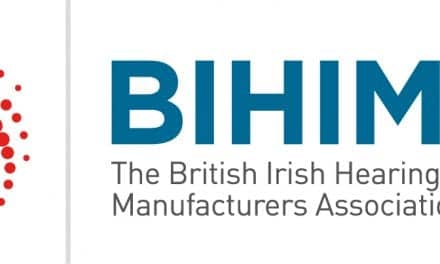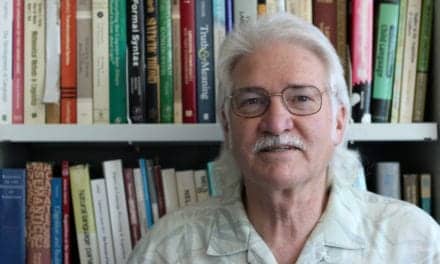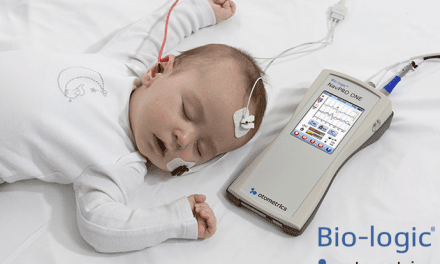Final Word | September 2019 Hearing Review
This past summer I accompanied my wife Alison Grimes to the American Cochlear Implant Alliance (ACIA) conference hosted by the University of Miami in Hollywood, Fla. Alison is the Director of Audiology at UCLA Health, where cochlear implants are an important part of the range of services offered for adults and children with hearing difficulties. The ACIA is a multidisciplinary membership organization attempting to unify all healthcare providers and educators in the effort to further cochlear implant research and clinical practice.
In daily practice, I provide diagnostic and rehabilitative services involving hearing aids, but must have frequent discussions with patients about the role of cochlear implants in their current or future treatment plans. At this meeting I was reminded that stepping out of the silo of work that I do every day into another, but related, realm is important to broaden my understanding of the larger discipline. After 43 years of practice, the typical continuing education meetings I attend often comfortably reinforce my approach with patients, and offer a few new concepts. This well-organized meeting was thought provoking for me and rich with new information.
Nina Kraus, PhD, who has been shaping our thinking about the connections between music and hearing with her research at Northwestern University, delivered the John Niparko Memorial Lecture, “Sound Processing in Healthy and Hurting Brain: What Have We Learned from Music and Concussion?” Her lecture outlined how the brain constructs a meaningful sonic world, and how concussion can disrupt the process, leaving deficits that may be identified with frequency following response (FFR) electrophysiologic testing.
Carolien Rieffe, PhD, from Leiden University in the Netherlands, delivered one of two Keynote Lectures: “Emotional Competence and Its Effect on Social Functioning in Children with Cochlear Implants.” My takeaway message from her excellent presentation was that children with hearing deficits gain access to language with technology but need training to bring their competence levels to a point that they compare to their typical peers because there isn’t sufficient incidental learning. Language, however, isn’t enough, and training in emotional competence may also be necessary for the child to develop and enjoy rich interpersonal exchanges that contribute to normal development and a productive life.
Elizabeth Peña, PhD, from the University of California, Irvine offered the second Keynote Lecture: “What They Hear and What They Say: Language Learning in a Bilingual Context.” In myth-busting style, Dr Peña illustrated how bilingual children enrich their broad understanding and learning by taking advantage of the totality of their language experiences. She challenges the traditional special education belief of sticking to one language in education and therapy, and encourages using language that represents the full scope of the world the patient lives in.
Back at work the following Monday, I was struggling to understand the origins of a patient’s complaints until, upon further questioning, he described an injury from a childhood accident where he had inadvertently stepped into the arc of a swinging baseball bat and suffered extensive facial and head injuries. I thought about Dr Kraus’ discussion of concussion and the picture became clearer, allowing us to develop a reasonable treatment and referral plan. Many patient complaints come from communication difficulties at home among family members. As we discuss communication strategies with patients and significant others, I see how emotions are woven into the fabric of hearing difficulties and unnecessarily complicate the process. Remembering Dr Rieffe’s ideas, I offer alternative strategies for responses that foster positive emotional exchanges. “What!?” becomes “I’m sorry, I wasn’t listening. Would you please repeat that?” Appealing to their sense of logic, I suggest that blurting out a question or statement without ensuring that the communication partner is listening is like speaking into the phone before the other party has picked up and said “Hello.” People often accept this as an “Aha” concept. “Of course! I never thought of it that way.”
In the broader sense of developing treatment plans and reducing anxiety over hearing difficulties, I’m increasingly introducing cochlear implants as a discussion point in counseling. Most of our patients will probably never need to move to implantation. However, adding an “anchor” point into the discussion as an option for the future makes it easier for them to accept the plan I may be offering today.
The Final Word? As cochlear implant criteria creep into the territory we have treated with hearing aids for decades, I’m having to adjust some of my behavior. I see this as a welcome avenue that is available to meet the needs of the full range of patients we see. I may not be out of my hearing aid silo yet, but I’ve opened another door to options.
The 16th Annual ACI Alliance Conference—CI2020—will take place March 18-21, 2020 at the Hyatt Regency in Orlando, Florida. For a complete schedule of events, please click here.
Citation for this article: Van Vliet D. Considering the benefits of cochlear implants. Hearing Review. 2019;26(9):50.
Image: © Mohamad Faizal Ramli | Dreamstime






